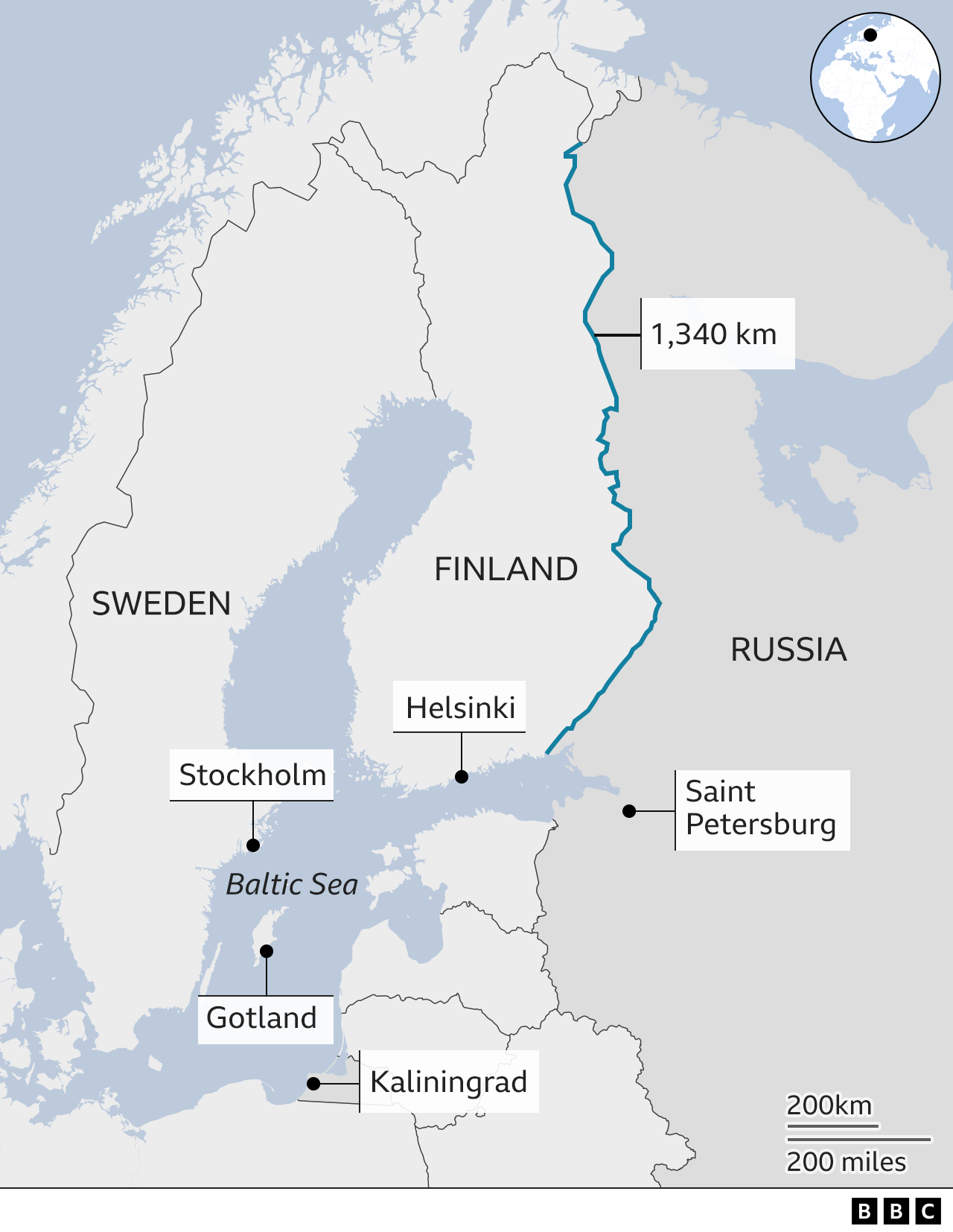
Hannie Shaft, a resistance fighter in the Netherlands during World War II. Wikipedia Commons.
Dear Commons Community,
The New York Times, as part of Overlooked, a series of obituaries about remarkable people whose deaths, beginning in 1851, went unreported in The Times, had a piece yesterday on Hannie Shaft, a resistance fighter in the Netherlands during World War II. She evolved into an assassin and was known as “the girl with the red hair” on the Nazi’s most-wanted list. She worked with two other young women, Truus and Freddie Oversteegen, who were her close friends and who would survive the war. The story of these three women is told well in a book entitled, Three Ordinary Girls – The Remarkable Story of Three Dutch Teenagers Who Became Spies, Saboteurs, NAZI Assassins and WW II Heroes, by Tim Brady, that was published last year. I posted a review on this blog. I highly recommend it if you are at all interested in the subject. It is one of the few books which recount the heroic women of World War II.
Tony
—————————————————————————————————————-
The New York Times
Overlooked No More: Hannie Schaft, Resistance Fighter During World War II
She killed Nazis in the Netherlands and was known as “the girl with the red hair” on their most-wanted list. Then she was executed.
By Claire Moses
Claire Moses reported this story from Amsterdam and The Hague, using documents from the 1940s at the Dutch National Archives.
July 7, 2023
It’s April 17, 1945. Two Nazi officers are making a 24-year-old woman walk ahead of them toward the sandy dunes along the Dutch coast. She’s wearing a blue skirt and a red and blue sweater.
She is the Dutch resistance fighter Hannie Schaft, but one might not have recognized her immediately: Her signature red hair has been dyed black.
As she walks, one of the officers fires his gun at the back of her head. The bullet ricochets off her skull and doesn’t kill her. The other officer then shoots her, also in the back of the head, this time at closer range.
That is how Hannie Schaft died, just a few weeks before the end of World War II in Europe. She had been arrested and sent to a prison in Amsterdam about a month earlier, during a random check in Haarlem, her hometown in the Netherlands, when she was found carrying a gun, as well as illegal newspapers and pamphlets from the resistance movement, in her bicycle bag. Initially it wasn’t obvious to the Nazis whom they had arrested, but it soon became evident that it was the woman they had been looking for, the woman known as the “girl with the red hair,” who had shot and killed multiple Nazis and collaborators.
She was born Jannetje Johanna Schaft on Sept. 16, 1920, in a left-wing, middle-class household, to Aafje Talea (Vrijer) Schaft, a homemaker with a progressive streak, and Pieter Schaft, a teacher. Hannie, a name she adopted when she became a resistance fighter, had an older sister, Annie, who had died of diphtheria. As a result, she had a protective childhood, said Liesbeth van der Horst, the director of the Resistance Museum in Amsterdam, which has a display about Schaft that includes her glasses, a version of the gun she carried, and a photo of her and a fellow resistance fighter.
“She was a serious, principled girl,” van der Horst said in an interview. “She was a bookworm.”
She added that despite being shy, Schaft “was proud of her red hair” and how it helped her stand out.
After high school in Haarlem, Schaft studied law at the University of Amsterdam, in the hopes of becoming a human rights lawyer. She was a student when the Nazis occupied the Netherlands in May 1940, plunging the country into war and targeting Jewish citizens. Though Schaft was not Jewish, the occupation set her on a path to political activism.
“As the Nazi regime’s policies got harsher against Jews, her own sense of moral outrage grew stronger,” said Buzzy Jackson, the author of “To Die Beautiful” (2023), a novel about Schaft’s life. “She started to want to do more.”
She began volunteering for the Red Cross, rolling bandages and making first aid kits for soldiers and helping German refugees. When the Nazi regime required all students in the Netherlands to pledge their loyalty to the occupiers, Schaft, like many others, refused to do so and was forced to drop out.
She maintained the friendships she had formed with two Jewish girls at the university, helping them obtain fake IDs to evade Nazi checkpoints and hiding them as the Nazis continued stripping Jewish citizens of their basic rights.
By the end of the war, more than 100,000 people — nearly 75 percent of all Dutch Jews, the highest percentage of any Western European country — would be deported to concentration camps and murdered.
The resistance, van der Horst said, was not one organized movement but rather a tangle of overlapping networks.
Schaft joined the Resistance Council, a communist group, where she met two sisters, Truus and Freddie Oversteegen, who became her close friends and would survive the war. (In March, the Netherlands Institute for War Documentation announced that it had found two letters written by Truus Oversteegen to a friend, in which she mentioned Schaft.)
The armed resistance was an extremely dangerous undertaking, with many fighters arrested and executed. It’s unclear how many attacks can be attributed to Schaft, but researchers say there were at least six.
In June 1944, Schaft and a fellow resistance fighter, Jan Bonekamp (with whom she was rumored to have had a romantic relationship), targeted a high-ranking police officer for assassination. As the officer was getting on his bicycle to go to work, Schaft shot him in the back, causing him to fall off the bike. Bonekamp finished the killing but was injured doing so. He died shortly after. Schaft managed to escape on her own bike, which was how she got around doing her resistance work.
Schaft was also involved in killing or wounding a baker who was known for betraying people, a hairdresser who worked for the Nazis’ intelligence agency, and another Nazi police officer.
Before confronting her targets, Schaft put on makeup — including lipstick and mascara — and styled her hair, Jackson said. In one of the few direct quotations that have been attributed to Schaft, she explained her reasoning to Truus Oversteegen: “I’ll die clean and beautiful.”
Dawn Skorczewski, a lecturer at Amsterdam University College, said Schaft’s involvement in the resistance was particularly extraordinary because few women in the movement took up arms.
“It’s unusual that a woman of her age would start killing Nazis in alleyways,” she said in a video call.
Once the Nazis started looking for “the girl with the red hair,” as she was described on their most-wanted list, Schaft disguised herself by dying her hair black and wearing wire-frame glasses.
The Nazis raided Schaft’s parents’ house and arrested them, hoping that she would turn herself in, but they were released nine months later, according to the Resistance Museum.
After Schaft was caught, she admitted her resistance activities. But there is no evidence that she gave the Nazis information about any of her fellow resistance fighters.
After the liberation of the Netherlands on May 5, 1945, Schaft’s body was dug up from a mass grave with hundreds of other people the Nazis had executed. She was the only woman among them.
Later that year, she was buried at the Honorary Cemetery in the seaside town of Bloemendaal, alongside hundreds of other resistance fighters. Queen Wilhelmina of the Netherlands attended the service, according to documents in the Dutch National Archives.
Schaft’s name is well known in the Netherlands. There are streets and schools named after her, and in 1981 she was the subject of a scripted movie called “The Girl With the Red Hair.” An Amsterdam-based postproduction company is planning to polish the original film and rerelease it for the Netherlands Film Festival in September.
Her story is still being uncovered by researchers — a challenging task because resistance fighters worked undercover and often left little evidence behind.
As Jackson, the author of “To Die Beautiful,” noted, “The reason we know about Anne Frank is because she left a diary.”
Schaft, on the other hand, made it a point not to put anything in writing. “That’s true for most people in the resistance,” Jackson said. “There are not a lot of records to look at.”









